7 Red-Hot Planet Mercury Facts [Infographic]
Not only is planet Mercury the closest to the sun, but it has extreme temperatures. Facts about Mercury: Its long comet-like tail, craters and unusual orbit
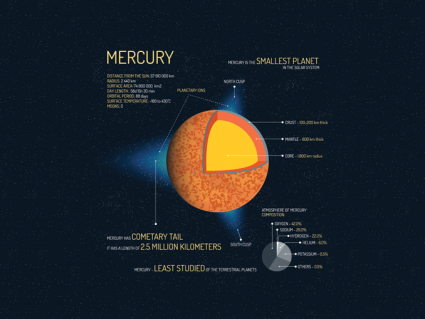
Not only is planet Mercury the closest to the sun, but it has extreme temperatures. Facts about Mercury: Its long comet-like tail, craters and unusual orbit
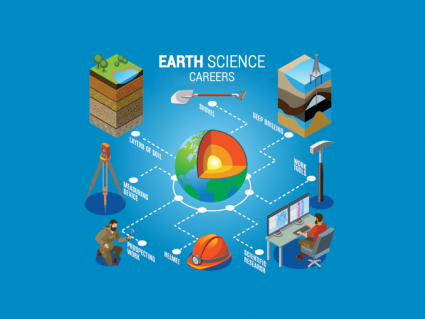
This list of 30 Earth Science careers has everything you need to know to carve your own career path as an Earth scientist. It’s time to start your journey.
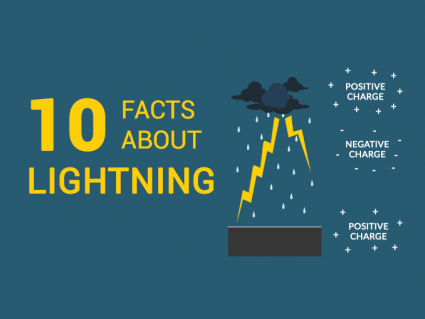
Lightning is hotter than the sun, it strikes 8.6 million times a day and more lightning facts. Because when there’s thunder, there’s sure to be lightning.
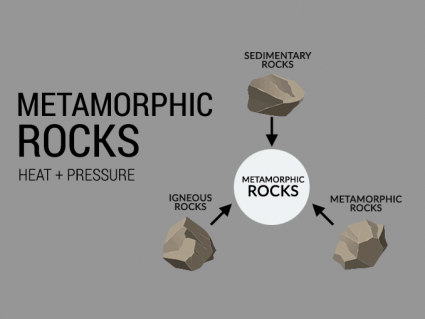
If you take an existing rock and add immense heat or pressure to it, the rock becomes soft and pliable like cookie dough transforming into metamorphic rocks.
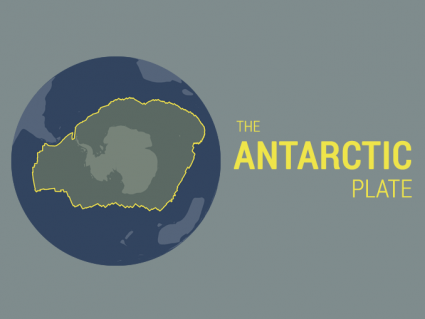
Antarctic plate holds the continent of Antarctica including the surrounding ocean. It shares borders with the African, Pacific & South American plate.
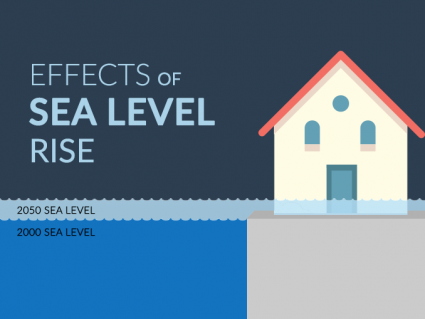
As temperatures surge, sea levels rise with it. This is because melting ice sheets add to total water volume. By 2100, water levels could rise 32-68 inches.
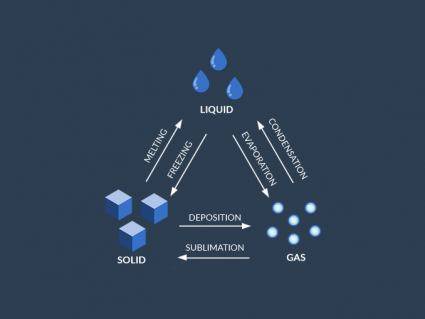
Because water is extremely versatile, it changes phases rapidly. The states of water are gas, liquid and solid. Water cycles through these phases in nature.

Money doesn’t grow on trees for foresters but it still makes a great career option. You will harvest timber while conserving the environment as a forester.
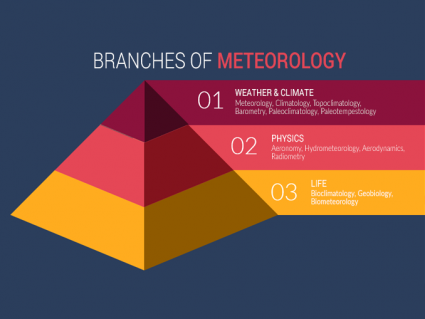
Weather and climate is all around us. It affects our work and play. Big disasters cost money and lives. Here are the branches of meteorology.
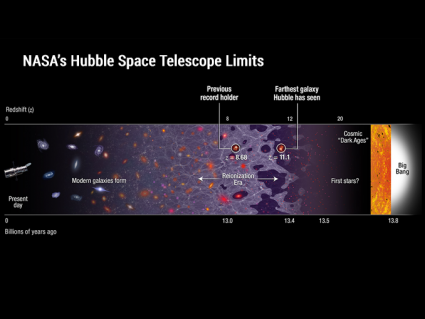
The universe is immeasurable in size. Universe expansion is the theory that galaxies and all matter in space are increasing in distance between each other.

In flesh and blood, you have been genetically fine-tuned as a product of natural selection. Without evolution, complex beings like humans wouldn’t exist.
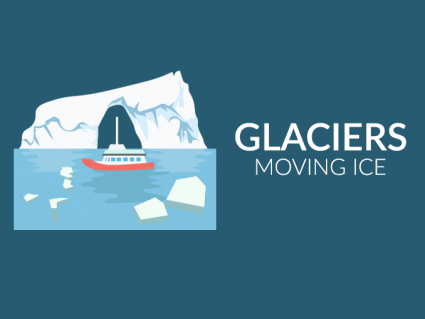
Like a rake scraping the dirt, glaciers leave a lasting impression on the land. They can erode mountains, transport vast amount of rock and reshape the land.

Hydrocarbons, oil and coal formation in general are made from living organisms that have been compacted from intense heat and pressure millions of years ago.
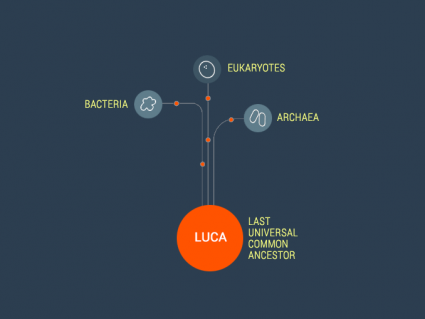
All living things originated from a common ancestor called the last universal common ancestor (LUCA). The origin of life existed before LUCA (3.5 – 4.1 bya)
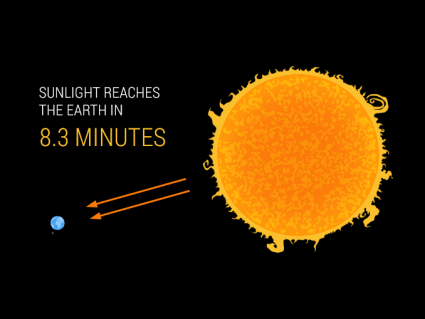
Fusion reactions power the sun. By fusing hydrogen to helium, the sun releases vast amounts of energy towards Earth. Then, sun fusion reaction heats Earth.